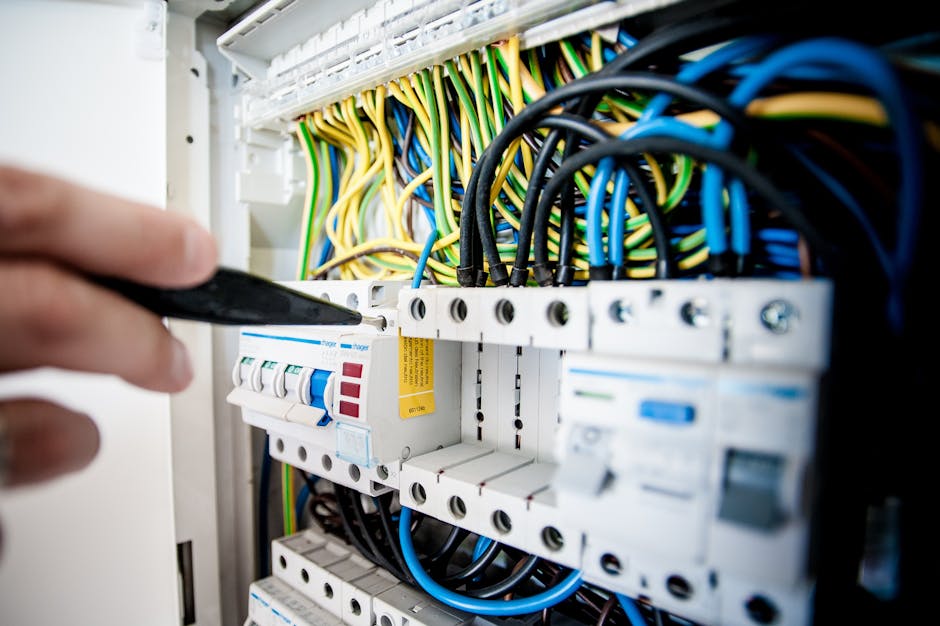In residential wiring, the 14/2 and 14/3 configurations of 14 AWG wire are commonly used. Understanding their differences and applications is essential for ensuring safety and functionality in electrical projects.

The 14 AWG wire is rated for up to 15 amps, which makes it ideal for general lighting and standard electrical outlets in homes. However, it cannot be used for larger appliances that require more than 15 amps because it would not meet safety standards.
The two main configurations for 14 AWG cables are 14/2 and 14/3, both often made from NM (non-metallic) cable.
14/2 wire is commonly used for:
14/3 wire is necessary for more complex installations, such as:
Both 14/2 and 14/3 cables are rated for 15 amps, making them suitable for general residential wiring but not for larger appliances or circuits requiring 20 amps or more. Adhering to these ratings is essential to ensure safety and code compliance.
Choosing the correct wire—14/2 or 14/3—is crucial for the safety and functionality of your electrical project. This decision primarily depends on the required switch configurations and whether multiple circuits are needed within a single conduit.
| Wire Type | Applications |
|---|---|
| 14/2 Wire | Standard outlets, lighting fixtures, single-pole switches |
| 14/3 Wire | Wiring three-way switches, creating circuits with two hot wires, installing split receptacles |
You can easily find 14/2 and 14/3 cables at numerous retailers, making these essential components accessible for your electrical projects. For those looking to expand their skills, consider exploring the Electrical Wiring courses at TCTC for valuable training opportunities.
Stay connected with us for more insights and updates by following our social media profiles: Pinterest, Instagram, Twitter, and Facebook.

Immerse yourself in architecture’s most boundary-pushing ideas—where innovative home improvements meet visionary urban developments. Discover new building techniques, materials, and creative concepts that are redefining how we shape our spaces on a global scale.